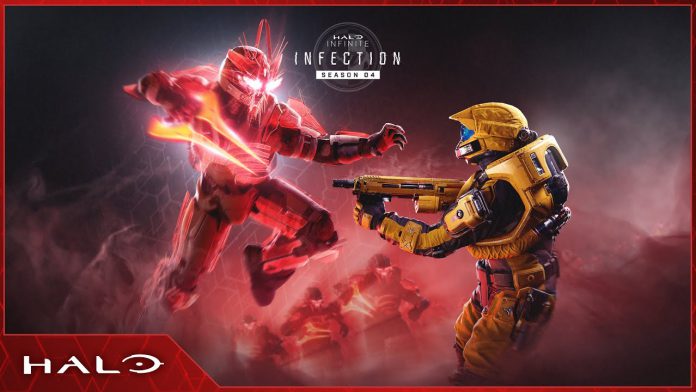In the spirit of Spooky Season, it’s time to bring the spookiest game mode in Halo to the tabletop. Let’s get infectious!
I’ve loved playing Halo for years, and have been pretty excited for the release of Halo: Flashpoint. Though I usually write for the Kings of War content team, I’ve been set loose to put something together for the Ghoulhammer series of articles, and decided it was my civic duty to introduce jumpscare.gamemode into this little corner of miniature wargaming. While I find it hard to believe, entire generations have been born and entered the hobby since the original Halo trilogy of games, so it’s entirely possible some folks simply don’t know about where it all comes from – thus, let’s start by explaining just how this all came to be.
The History
The Flood are the twist villain of the first three main-series Halo games, and boy did they leave an impression on a generation of video gamers. An early iteration of the fungal zombie concept, the Flood infect anything they can get their hands on, turning it into part of their hive-mind. They’re responsible for the titular Halos themselves, which are weapons designed to cull the food source of the Flood – which is basically any sentient being.
Their introduction was absolutely terrifying for the time, with the player going from fighting the alien-but-still-understandable Covenant to frighteningly fast clumps of biomass that could quite easily beat the inexperienced to death in short order. Couple that with some pretty solid suspense-building, and you’ve got a pretty iconic second-act villain.
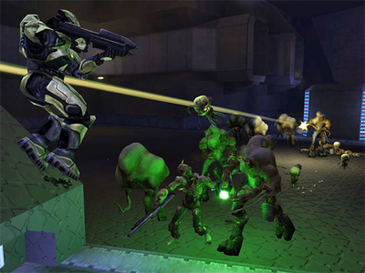
The scale of Flood combat escalation only ramped up as the series progressed, eventually supplanting the Covenant entirely by the end of Halo 3’s campaign mode as the last enemies standing (besides one angry floaty boi and his friends). They would come to be led by a Gravemind, which is essentially a titanic extremely quotable botched circumcision with aspirations of grandeur, and shaped the plot of the whole series.
Naturally, in the modern era of the games’ timeline, there is some minor disagreement on the subject of firing a Halo, but everyone is pretty much unified on the point that being Flood-food is bad. In the era of Halo Infinite, in which Halo: Flashpoint is set, the Flood have been supplanted by other villains, but that’s not to say they don’t still exist in containment somewhere, just waiting for the franchise to put them back in the mix.
That said, this isn’t a lore article (Lenoon is better at those than me), so let’s get to the gaming!
In the Games
Infection isn’t a competitive game type, and shouldn’t be thought of as such. At its core, it’s asymmetric warfare, with the infected Spartans attempting to infect their prey in turn, and the uninfected Spartans banding together to defend themselves.
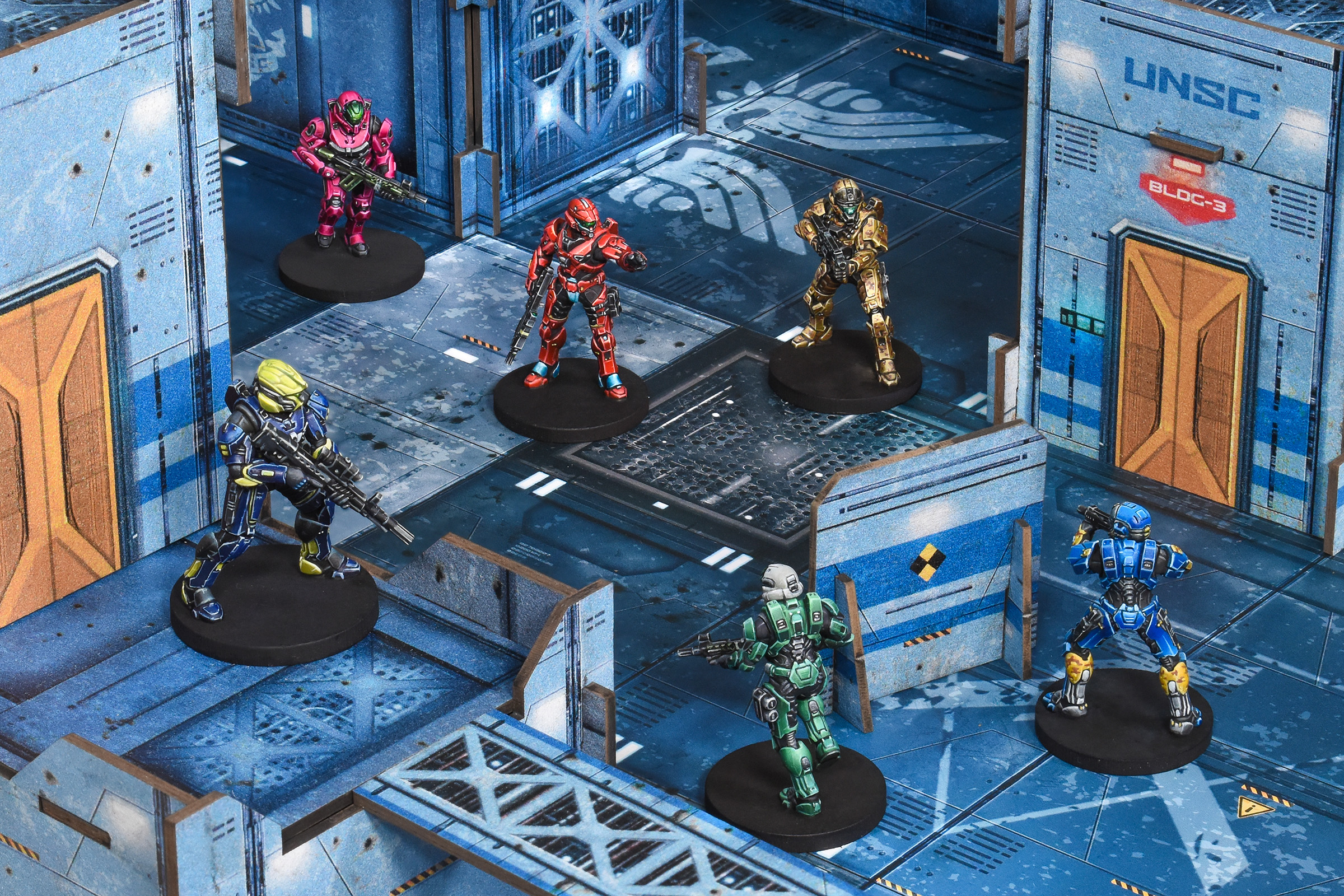
The game mode evolved quite a bit over the years, with its official inception in Halo 3, but has always centered around the idea of a zombie outbreak. There were various tweaks to how it all worked over the years – sometimes the Infected players would have Active Camouflage, sometimes they’d interact differently with gravity, or show up differently on motion trackers, but the core has always remained the same – the zombies are coming to eat your face, and only with good coordination and careful choice of ground are you going to pull out a win.
Naturally, this all goes to hell when you get a bunch of randoms who can’t organise to save their lives – literally. In short, it’s a barrel of fun, and for Ghoulhammer this year I thought I’d see about applying it to the brand new Halo: Flashpoint, which is currently being released worldwide. After all, one wargamer coordinating a team of Spartans will do much better than a gaggle of video gamers, right?
…Right?
The Scenario
Infection games should be played like any other – these things tend to work best with a minimum of tweaking. But, to represent Flood contamination, we’re going to change a couple of things.
We’re going to start with the Slayer scenario as our baseline to work from, so using those deployment zones. One player uses the Infected, and starts with two models in any configuration; the other uses the Spartans, and starts with six models in any configuration.
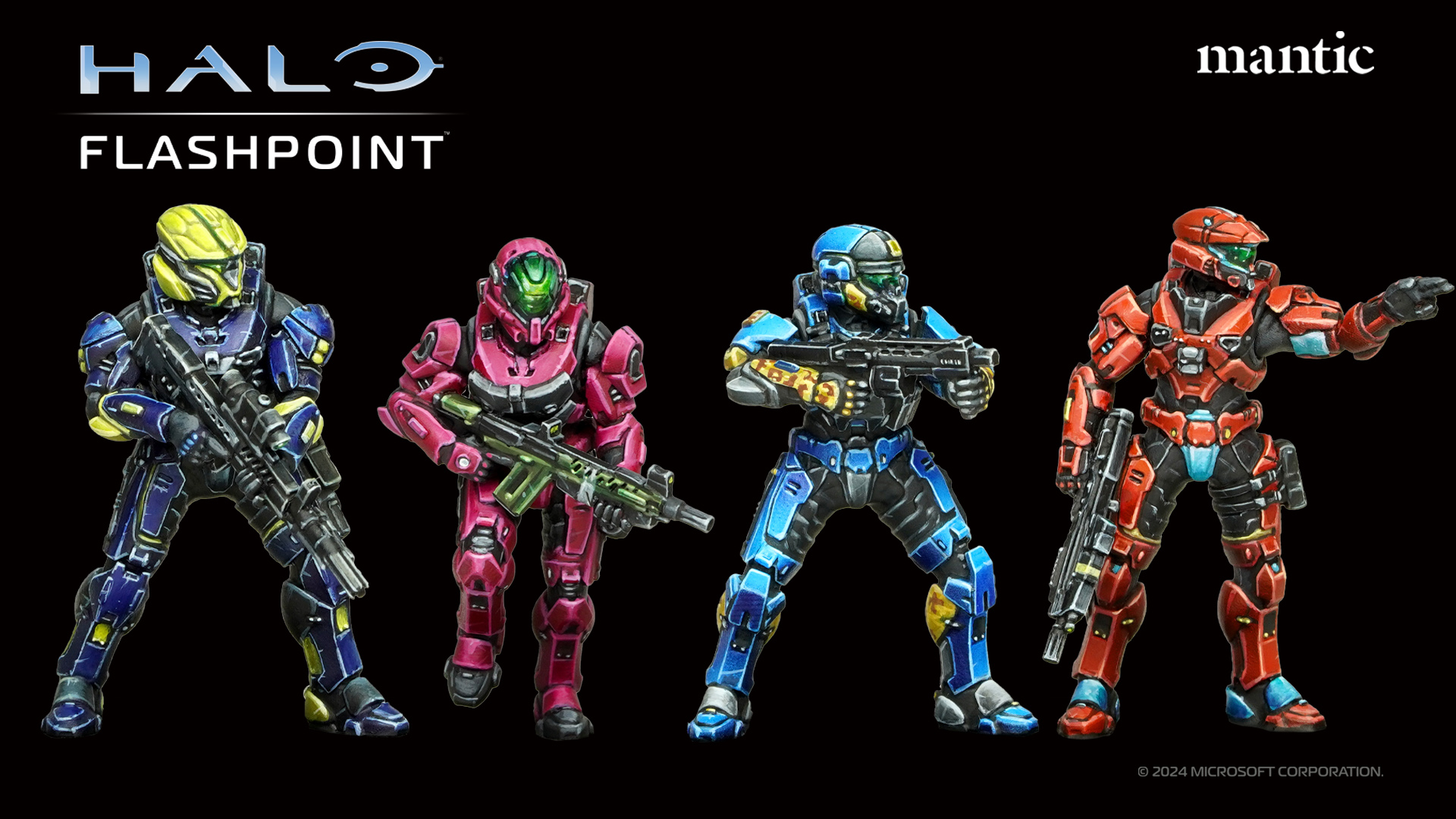
First things first, the Victory Conditions are going to change. A game of Infection ends when every model on the table is Infected, or at the end of 8 rounds. If the former condition is met first, the Infected player wins. If the latter is met first, the Spartan player wins. Simple enough!
Second off, when a Spartan dies, it doesn’t Respawn as normal. Instead, it Respawns under the control of the Infected player.
Now, we need to set the behaviour of the Infected. To make that as simple as possible, we’re going to impose some restrictions.
Infected models can’t make Ranged tests, or use Items. But, they roll 2 extra dice on Fight tests, and targets never get to roll an extra dice on their Survive tests for the Infected model being Injured. They also add 1 to their first Speed stat and 2 to their second Speed stat.
This should make them a very credible melee threat, and get the action underway straight away. But, they won’t get the same advantages the Spartans do, so there’s plenty of counterplay. Think of them as like the classic lunging Energy Sword-armed Infected of the early game modes.
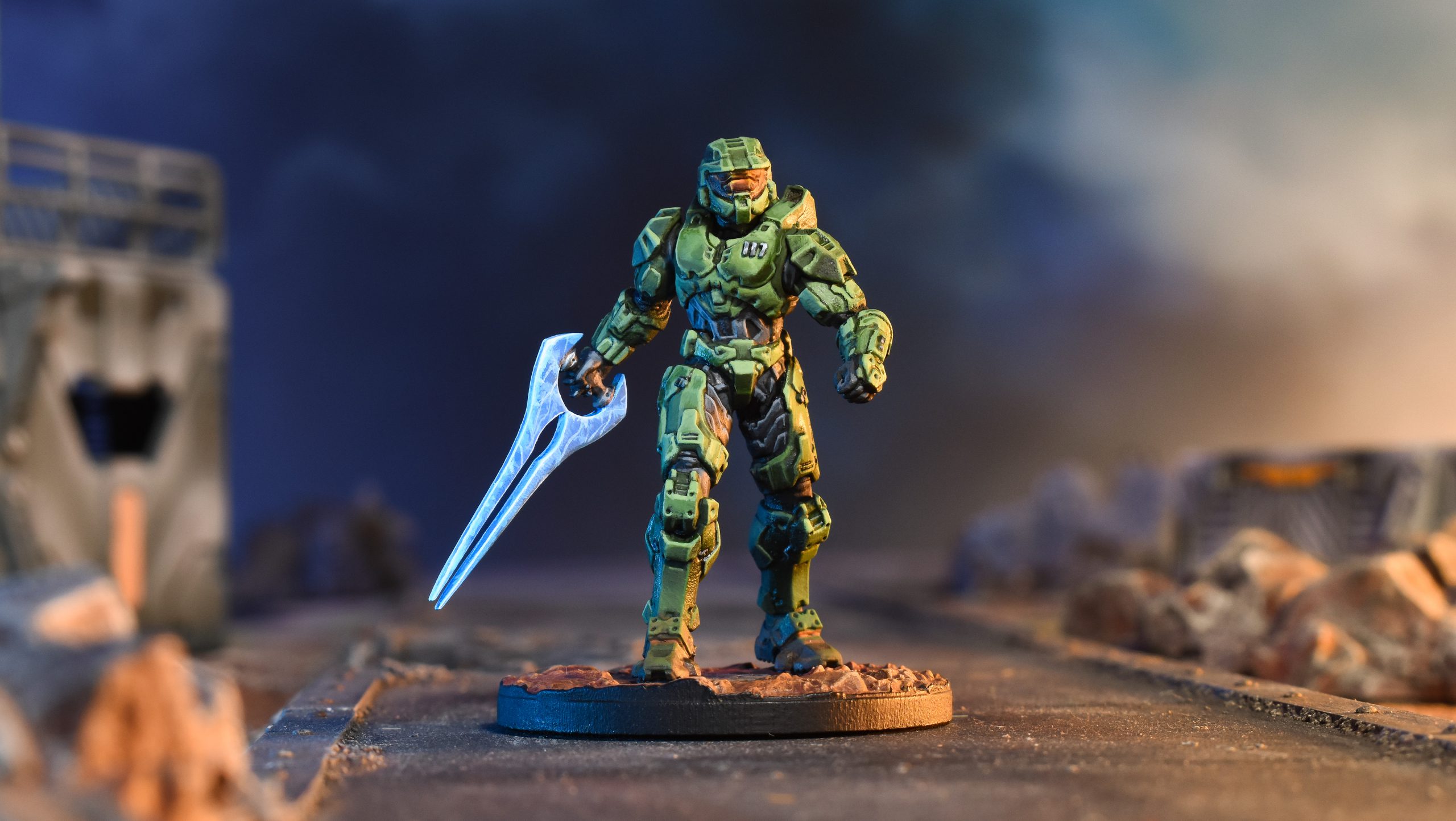
The Infected player should be trying to pick off anyone that gets left isolated. Don’t worry about a few early deaths – the advantage should snowball back in your favour once you’ve converted some Spartans to the ways of the Fungal Pop. Eventually, your waves will start breaking through, and you’ll be the one with the numbers on your side.
Meanwhile, the Spartan player wants to establish a coordinated defence, with as few weak points as possible. The Infected player is going to want to mix it up in melee as fast as possible, so ensuring good firing lanes is a must – and if someone gets injured, make sure they’re safe and not picked off!
If you fancy giving this a go, I’d absolutely love to hear back from you – it’s my first time putting together some content for Halo: Flashpoint, and I’m really excited to see if folks enjoy it or not. Suggestions, hate mail, poorly drawn depictions of the Gravemind singing Little Shop of Horrors numbers, put it all in the comments – for now, though, thanks for reading!
Have any questions or feedback? Drop us a note in the comments below or email us at contact@goonhammer.com. Want articles like this linked in your inbox every Monday morning? Sign up for our newsletter. And don’t forget that you can support us on Patreon for backer rewards like early video content, Administratum access, an ad-free experience on our website and more.
